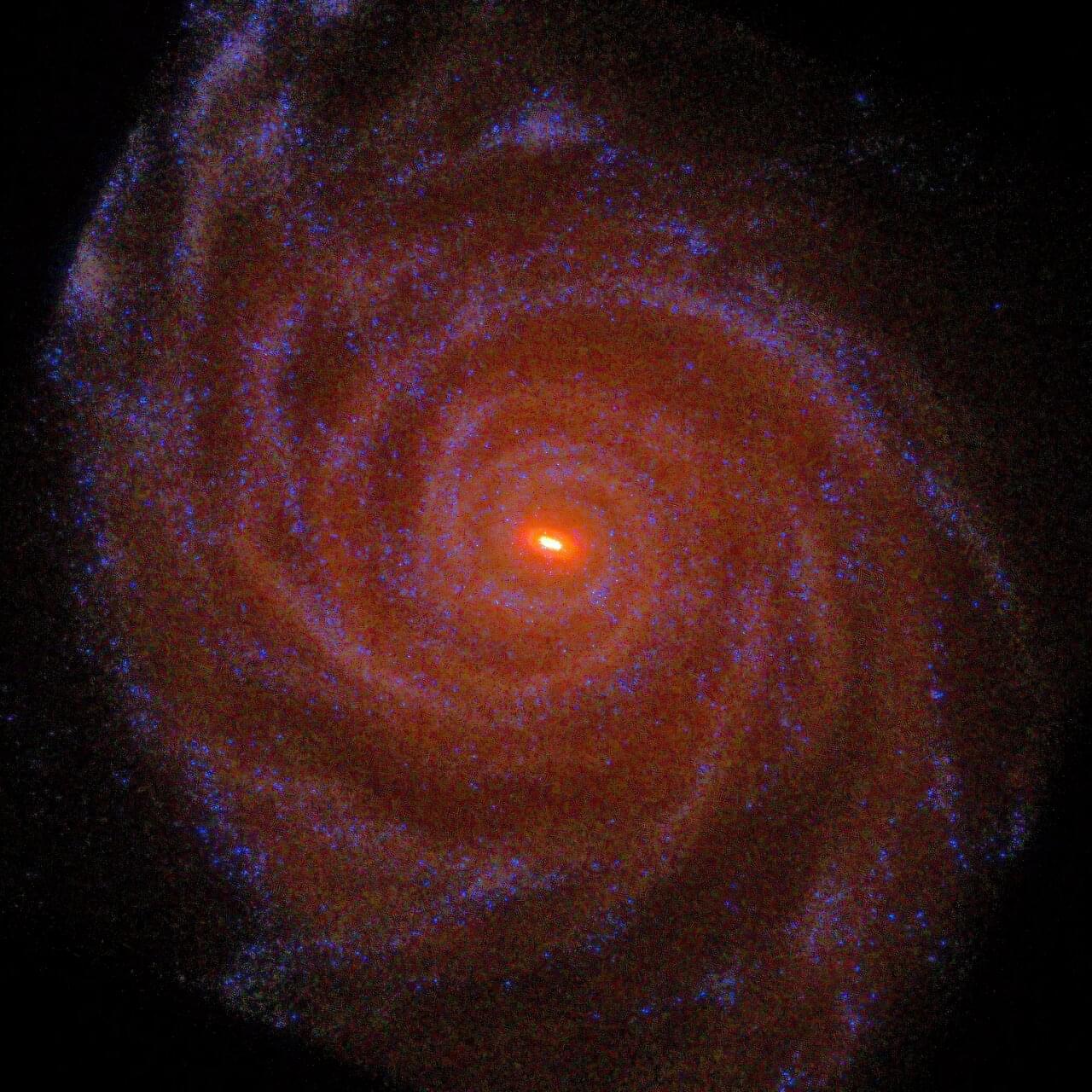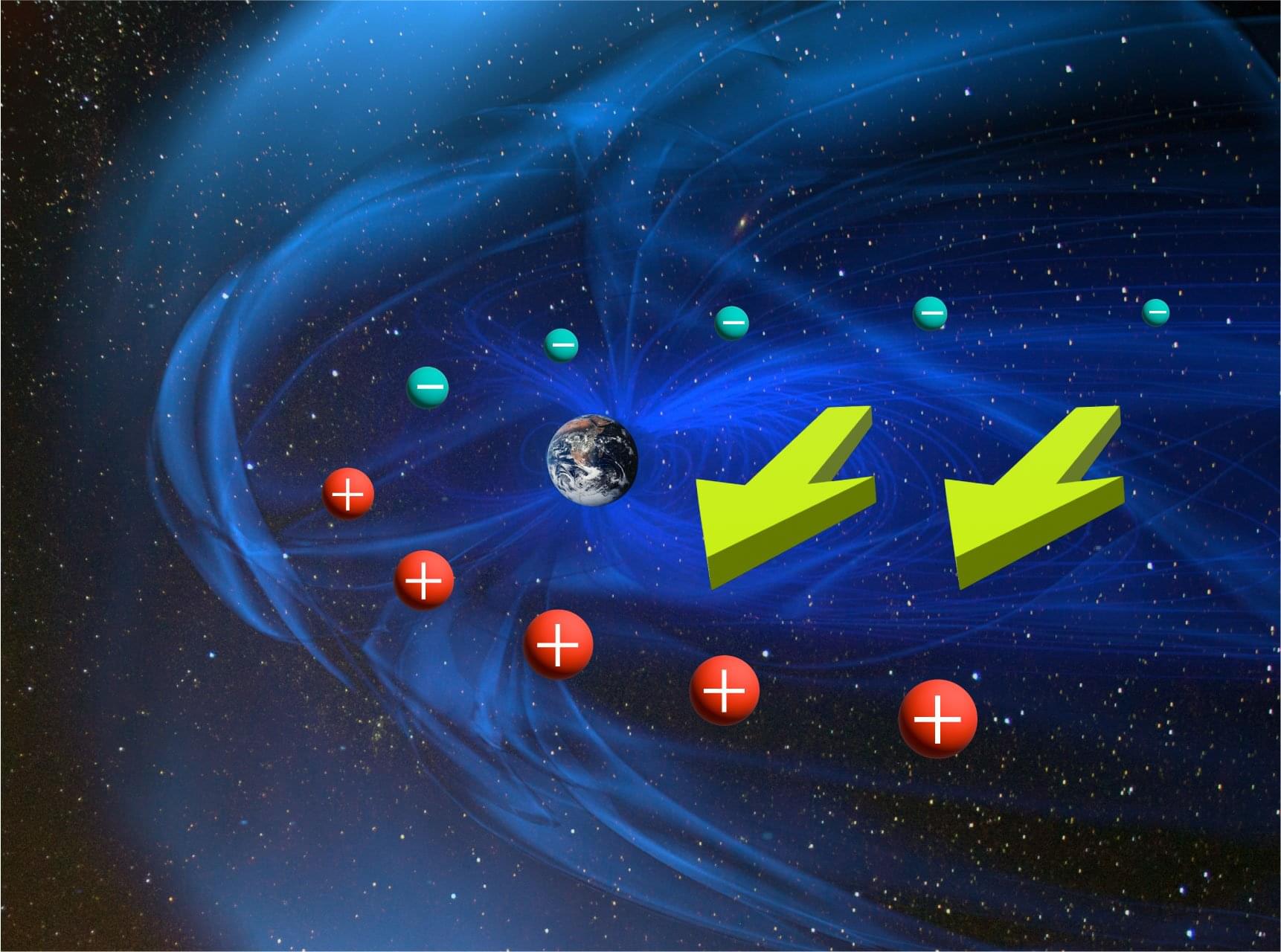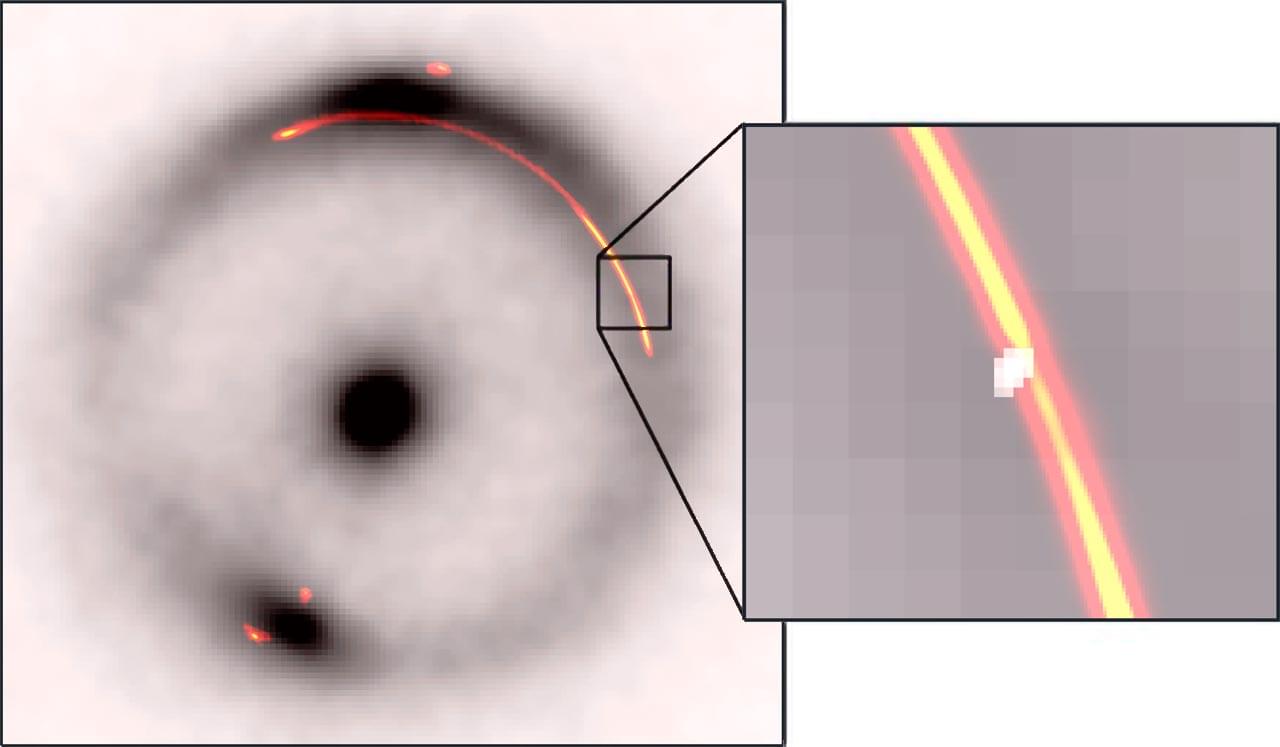Researchers at Umeå University and the Swedish Defense Research Agency, FOI, have developed new laser methods that can quickly detect chemical weapons and harmful bacteria directly on site—without the need to send samples to a laboratory.
Hazardous chemicals can appear in many forms. They can be pollutants in waterways, pesticides in our food, or synthetic substances designed to cause harm—such as narcotics or chemical weapons. To reduce the risk of these substances entering our bodies, it is crucial to be able to detect them quickly and reliably.
A new doctoral thesis from Umeå University shows how laser light can be used to do just that.







